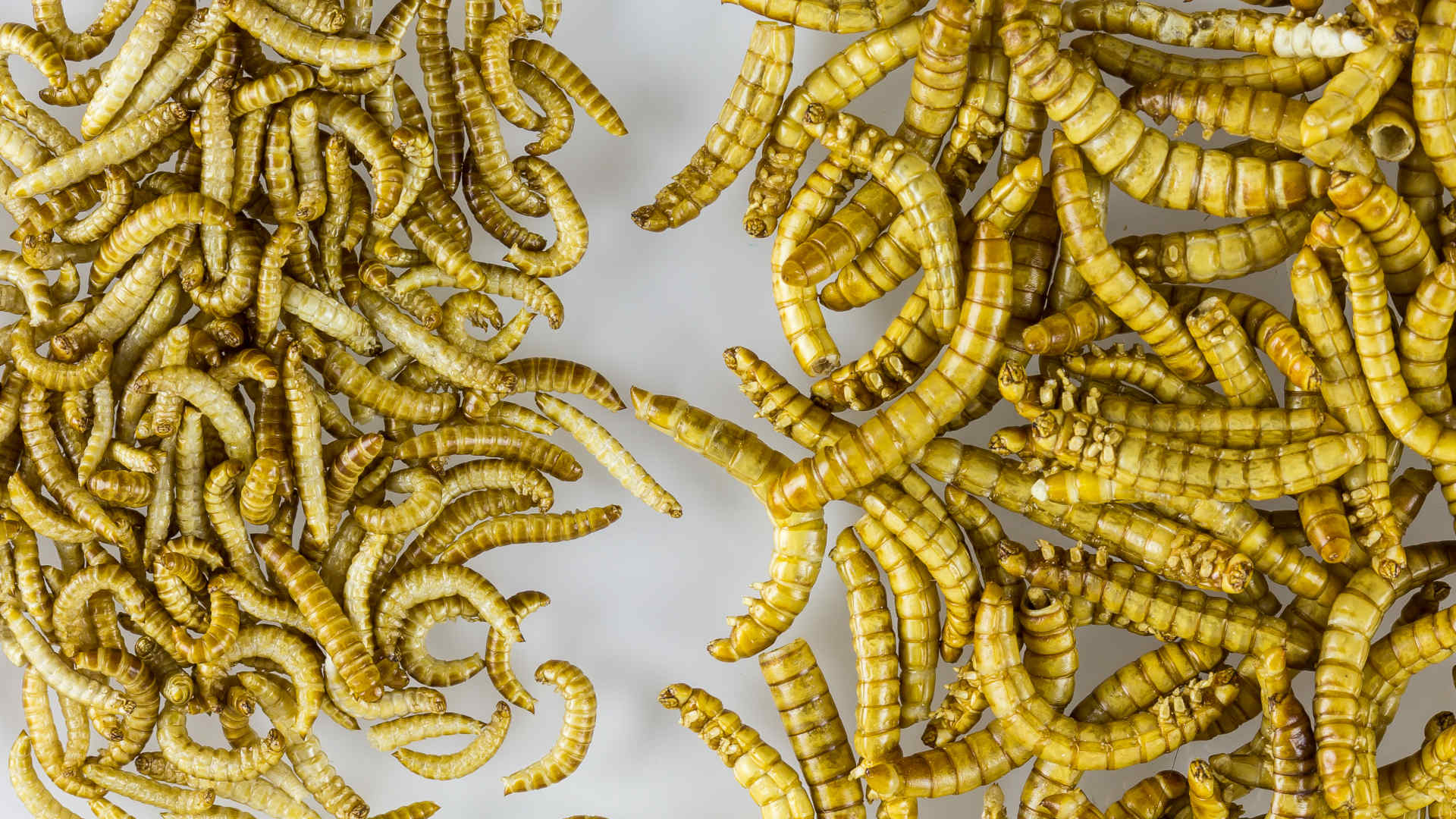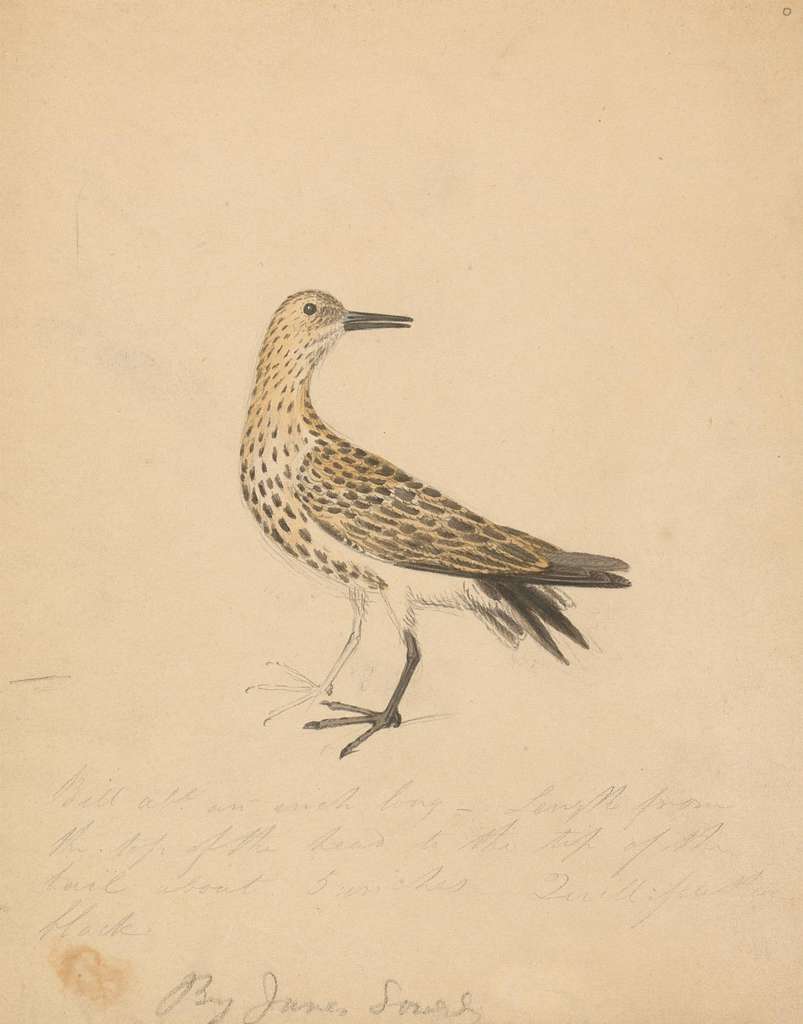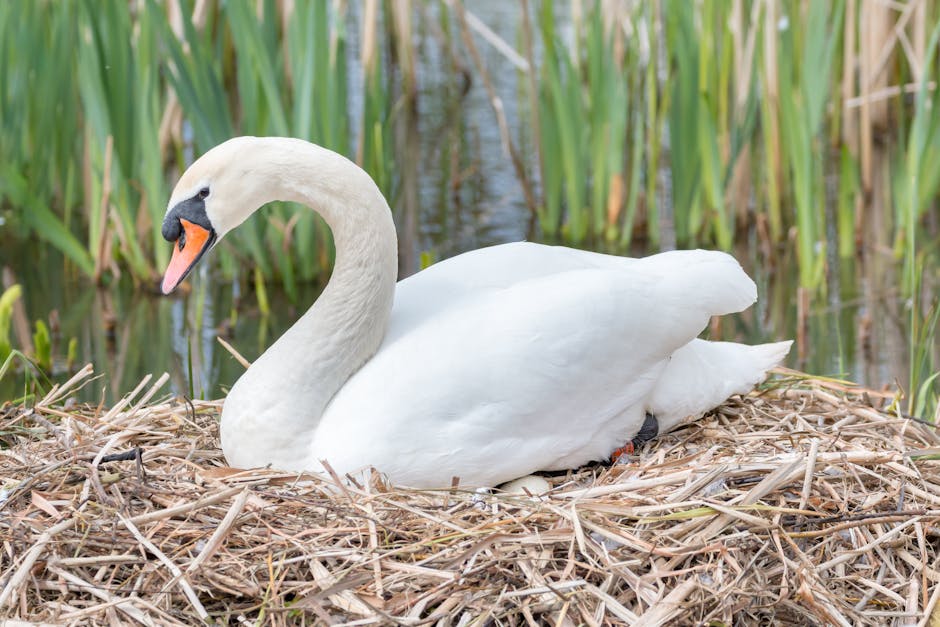Introduction

Bird eggs are fascinating creations of nature, representing the beginning of new life. However, not all eggs are destined to hatch into healthy chicks. Some eggs fail to develop or experience embryo mortality, resulting in what is known as a dead egg. In this article, we will explore the concept of dead eggs, understand the signs indicating an egg is no longer viable, and learn how to confirm their status.
Definition of a Dead Egg

A dead egg refers to an egg that has ceased to develop or has experienced embryo mortality. Infertility, genetic abnormalities, or unfavorable environmental conditions can contribute to the occurrence of dead eggs.
Purpose of the Article
This article aims to provide valuable insights into identifying dead eggs and understanding the signs indicating their non-viability. By equipping readers with this knowledge, we empower them to make informed decisions regarding bird egg incubation or intervention.
Understanding the visual and non-visual cues of a dead egg is crucial for the well-being of both the eggs and the bird species involved. By recognizing the signs early on, bird enthusiasts, breeders, and conservationists can take appropriate actions to ensure the health and survival of the remaining viable eggs and the overall population.
Throughout this article, we will delve into the visual cues, such as color, texture, size, and other physical characteristics, that can help determine whether an egg is dead. We will also explore non-visual signs, including the absence of internal movement and lack of embryo development. Additionally, we will discuss methods to confirm the status of a dead egg, such as incubation and candling. Finally, we will touch upon the proper handling and disposal of dead eggs.
By the end of this article, readers will have a comprehensive understanding of the indicators that can help them identify dead eggs and the necessary steps to take when encountering them. So, let’s dive into the world of avian embryology and uncover the secrets hidden within the delicate shells of these life vessels.
Identifying Visual Cues of a Dead Egg
![]()
When determining if an egg is dead, several visual cues provide valuable insights into the condition and viability of the egg.
Color
The color of a bird egg can change when it is no longer viable. Dead eggs often exhibit a dull, faded, or discolored appearance compared to live eggs. However, it’s important to note that variations in color can occur even among healthy eggs, so color alone should not be the sole indicator of a dead egg.
In some cases, dead eggs may appear darker or mottled due to the decomposition of the embryo or the accumulation of mold or bacteria. However, it’s crucial to consider other factors alongside color to make a conclusive determination.
Texture

The texture of a dead bird egg can differ from that of a live egg. Dead eggs may feel dry, brittle, or unusually soft when touched. In contrast, live eggs typically have a smooth and slightly resilient shell.
A dead egg might also exhibit cracks, dents, or a rough surface. However, it’s important to note that variations in texture can exist among healthy eggs, so texture alone should not be used as the sole indicator of a dead egg.
Size

Changes in size can also indicate a dead bird egg. Some dead eggs may shrink or collapse due to the loss of moisture and the absence of a developing embryo. Conversely, eggs that have been abandoned or left unattended for an extended period might expand or swell due to environmental factors such as moisture absorption or gas accumulation.
To assess the size of an egg, it can be helpful to compare it to the size of healthy eggs from the same species. However, it’s important to consider other visual cues in conjunction with size to determine if the egg is dead.
Other Physical Characteristics
In addition to color, texture, and size, there are other physical characteristics that aid in identifying a dead egg. These characteristics may include an unusual odor emanating from the egg, signs of external damage or breakage, or the presence of mold or bacteria on the shell.
However, it’s important to exercise caution when relying solely on these physical characteristics. Some external damage or mold growth may not necessarily indicate a dead egg, as healthy eggs can also experience minor imperfections.
By considering the visual cues of color, texture, size, and other physical characteristics collectively, you can make a more informed assessment of whether an egg is dead or viable. In the next section, we will explore non-visual signs that further confirm the condition of a bird egg.
Non-Visual Signs of a Dead Egg

When assessing the viability of a bird egg, it’s crucial to consider non-visual signs that indicate whether the egg is alive or dead. By observing specific indicators, such as internal movement and embryo development, you can determine the condition of the egg without relying solely on visual cues.
No Internal Movement
One way to assess the viability of a bird egg is by checking for any signs of internal movement. Gently shaking or rotating the egg between your hands can help determine if there is any response from the embryo inside. A live embryo will typically display movement or shift its position in response to external stimuli. If there is no perceptible movement or response from the egg, it suggests that the embryo inside is no longer alive.
Lack of Embryo Development

Monitoring the development of the embryo inside the egg is another reliable method for identifying a dead egg. The growth of a bird embryo follows a specific timeline, with visible progress at different stages. When an egg has been incubated for a significant period, but there are no signs of embryo development, it indicates that the egg is likely dead.
Candling is a common technique used to determine the presence of embryo development. By shining a bright light through the eggshell, you can observe the internal contents of the egg. Lack of embryo development becomes evident through the absence of blood vessels or an identifiable embryo. If the egg shows no signs of these crucial indicators, it is safe to conclude that the egg is not viable.
It is important to handle bird eggs with care and minimize movement or disturbance during the inspection process. Excessive handling or rough treatment can harm viable embryos and potentially contaminate the eggs. By exercising caution and following proper handling procedures, you can ensure an accurate assessment of non-visual signs in determining the viability of bird eggs.
With a solid understanding of non-visual signs of a dead egg, the next step is to confirm the egg’s condition through incubation and candling. These methods will provide further insight into the viability of the egg and guide you in making informed decisions regarding its disposal.
Confirming a Dead Egg

During the incubation process, it is crucial to determine whether an egg is dead or alive. Incubation refers to maintaining optimal conditions for egg hatching, including temperature and humidity. Several indicators can help confirm if a bird egg is dead:
Lack of Movement
A live embryo exhibits movement within the egg. To check for movement, gently tap the egg or use candling, which involves shining a bright light through it. If no movement is observed, it suggests that the embryo inside is no longer alive.
Absence of Chirping or Peeping Sounds
Listen closely to the egg during incubation. Live embryos produce chirping or peeping sounds as they develop. If no sounds are heard, it is likely that the embryo is not alive.
No Signs of Development

After a certain period of incubation, the egg should show signs of development, such as blood vessels or a visible embryo. If no such signs are evident, it may indicate that the egg is dead.
Foul Odor
A dead egg may emit a distinct foul smell due to decomposition. However, caution must be exercised, as a bad smell could also indicate infection or other issues. Consider other factors along with the odor to make a conclusive determination.
Mold or Discoloration
Examine the egg for signs of mold growth or unusual discoloration, which could signify that the egg is dead or contaminated.
Candling is a widely used technique for examining the contents of an egg. By illuminating the egg with a bright light, internal structures can be observed. The following features can help confirm whether an egg is dead:
- Lack of blood vessels: A dead egg may lack visible blood vessels, indicating that development has ceased.
- Absence of an embryo: If no discernible embryo is visible during candling, it suggests that the egg is dead.
- Abnormal fluid movement: Live eggs typically show fluid movement inside during candling, while dead eggs may exhibit abnormal or no movement.
Candling provides valuable insight into the viability of an egg and can aid in confirming whether it is alive or dead.
Disposing of a Dead Egg

Proper handling and disposal of a dead bird egg are crucial to prevent health risks and ensure ethical treatment. Once you have determined that an egg is dead, handle it with care to avoid contamination. Follow these guidelines:
Handling a Dead Egg
-
Wear protective gloves or wash your hands thoroughly with soap and water before and after handling the egg to minimize the risk of spreading bacteria or pathogens.
-
Avoid shaking or moving the egg vigorously to prevent rupture and the release of harmful bacteria.
Disposal Methods
-
Burying the Egg: The recommended method is to bury the dead egg in the ground. Choose a secluded area away from animal activity and human foot traffic. Dig a small hole approximately 12 to 18 inches deep.
-
Placing the Egg: Gently place the dead egg in the hole and cover it with soil to prevent scavengers from finding and consuming it.
-
Bag Disposal: Alternatively, place the dead egg in a sealed plastic bag and dispose of it in the trash. Check local regulations for specific guidelines on wildlife-related waste disposal.
Considerations and Precautions
-
Do not attempt to hatch a dead egg or keep it as a memento due to health risks from bacterial growth or decomposition.
-
If you encounter multiple dead eggs in a nest, it could indicate nest abandonment or other issues. Contact local wildlife authorities or organizations for guidance.
-
Hygiene and Sanitation: After handling a dead egg, clean any surfaces or tools that came into contact with it. Use a mild disinfectant for proper sanitation.
By following these guidelines, you can ensure the safe and appropriate disposal of a dead bird egg, contributing to the well-being of wildlife and a healthy environment.
Conclusion

Determining whether a bird egg is dead requires careful examination of visual and non-visual cues, incubation, and candling. By paying attention to signs of lack of movement, absence of sounds, lack of development, foul odor, mold, or discoloration, you can effectively identify and dispose of dead eggs.
To further explore the topic of bird eggs and their viability, consider consulting the following resources:
- Cornell Lab of Ornithology: Offers comprehensive information on bird eggs, including development, appearance, and signs of viability.
- Local birdwatching groups or organizations: Reach out to local birdwatching groups or organizations for practical advice and firsthand knowledge on identifying dead eggs.
By equipping yourself with knowledge and tools to identify and dispose of dead eggs, you contribute to the success of bird breeding programs, conservation efforts, and the overall well-being of avian populations. Handle eggs with care and respect, as they represent the potential for new life and the continuation of diverse bird species.
Frequently Asked Questions
Frequently Asked Questions
Q: How long does it take for a bird egg to become dead?
A: The time it takes for a bird egg to become dead can vary depending on various factors such as temperature, humidity, and the species of bird. In general, if an egg has been incubated for a significant period (beyond the normal incubation period for that species) and shows no signs of embryo development, it is likely dead.
Q: Can a dead bird egg still hatch?

A: No, a dead bird egg cannot hatch. A dead egg has ceased to develop or has experienced embryo mortality, rendering it non-viable. Without a living embryo inside, the egg has no possibility of hatching.
Q: What should I do if I find a dead bird egg?

A: If you find a dead bird egg, it is important to handle it with care to avoid contamination. The recommended methods for disposal are burying the egg in a secluded area away from animal activity and human foot traffic or placing it in a sealed plastic bag and disposing of it in the trash. Avoid attempting to hatch a dead egg or keeping it as a memento due to health risks.
Q: Are there any risks associated with handling dead bird eggs?
A: Handling dead bird eggs can pose risks of spreading bacteria or pathogens. It is important to wear protective gloves or wash your hands thoroughly with soap and water before and after handling the egg. Avoid shaking or moving the egg vigorously to prevent rupture and the release of harmful bacteria. Proper hygiene and sanitation should be practiced to minimize the risk of contamination.
Q: What should I do if I find multiple dead bird eggs in a nest?
A: If you find multiple dead bird eggs in a nest, it could indicate nest abandonment or other issues. In such cases, it is advisable to contact local wildlife authorities or organizations for guidance. They can provide assistance and advice based on the specific circumstances and help ensure the well-being of the

Leave a Reply